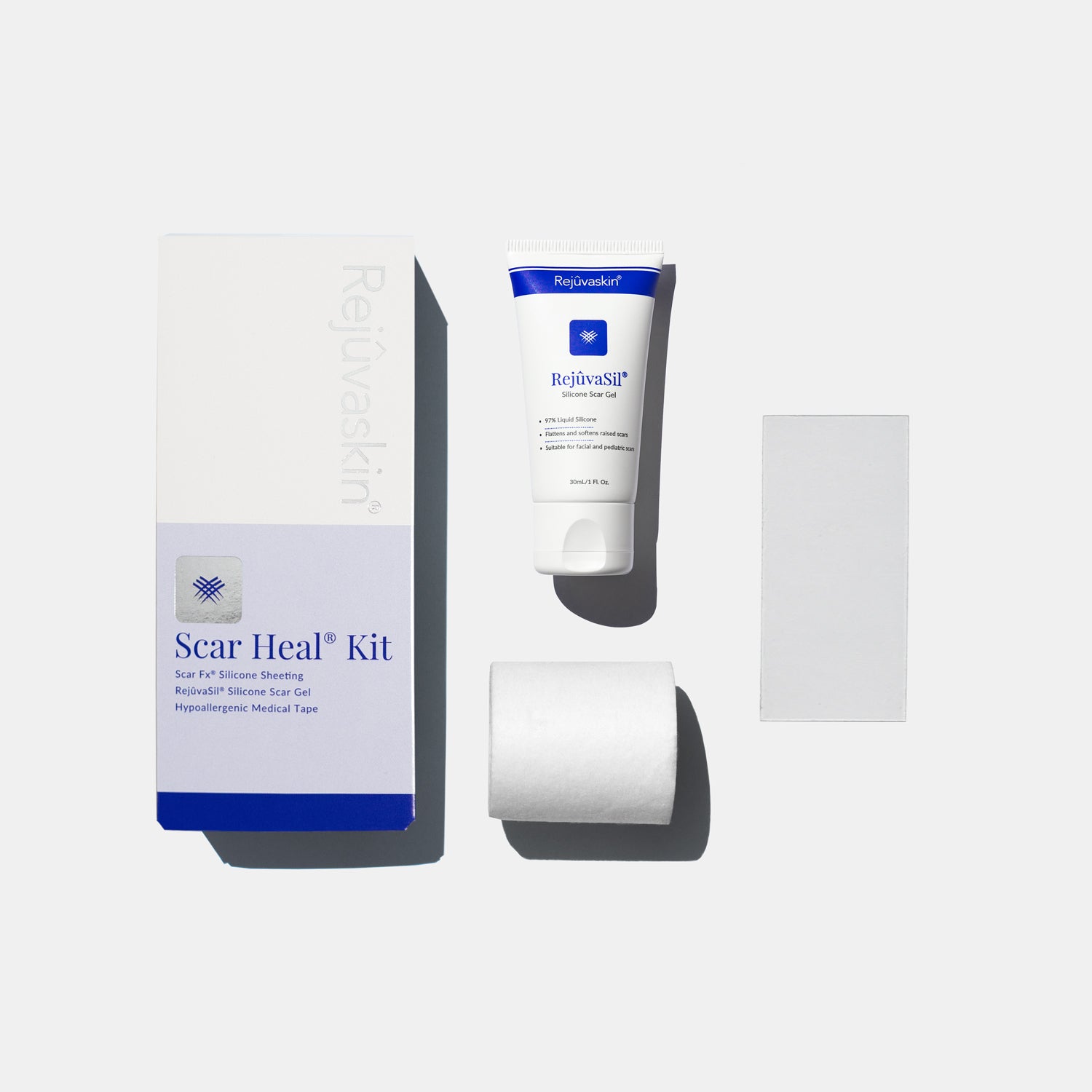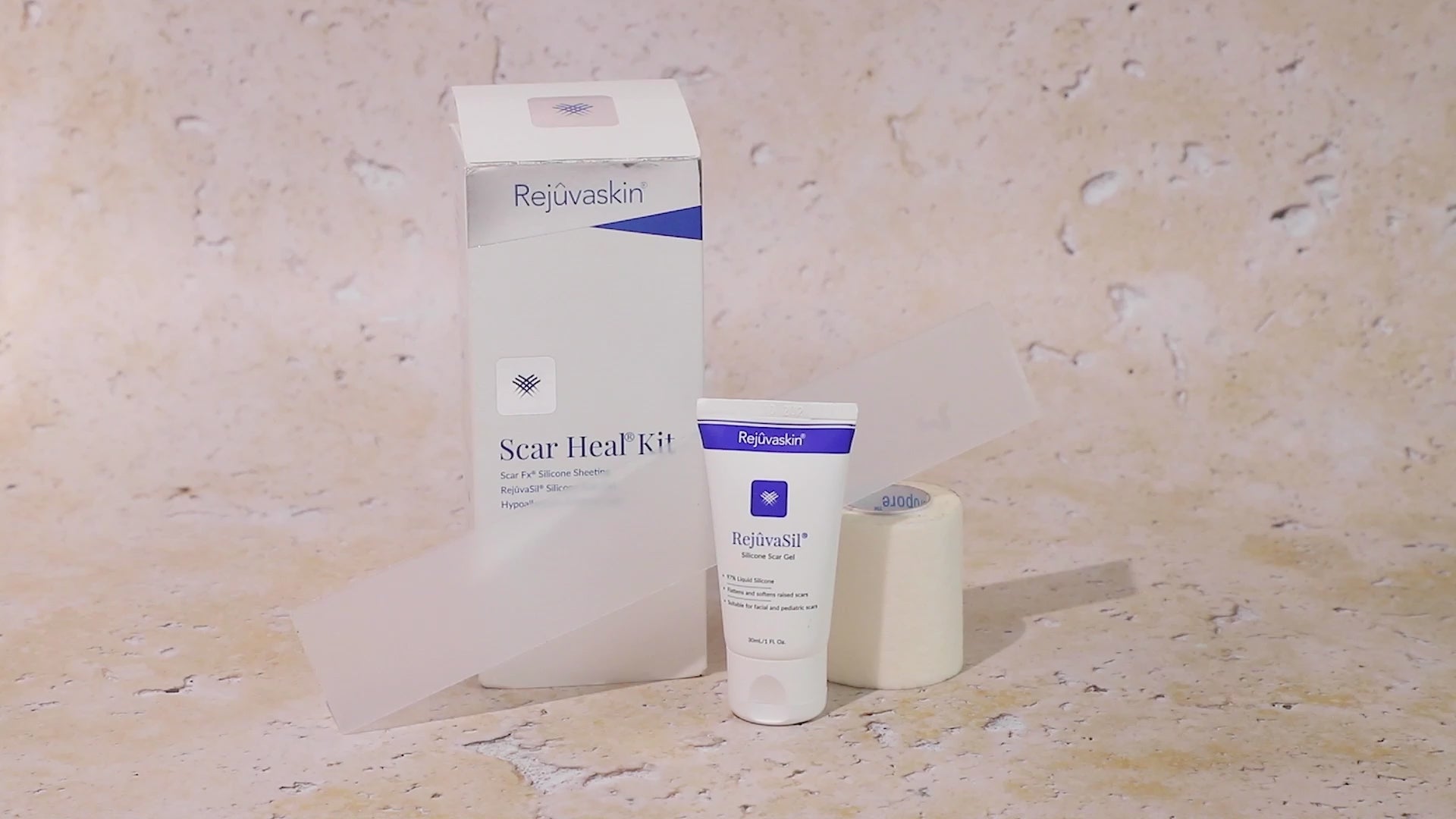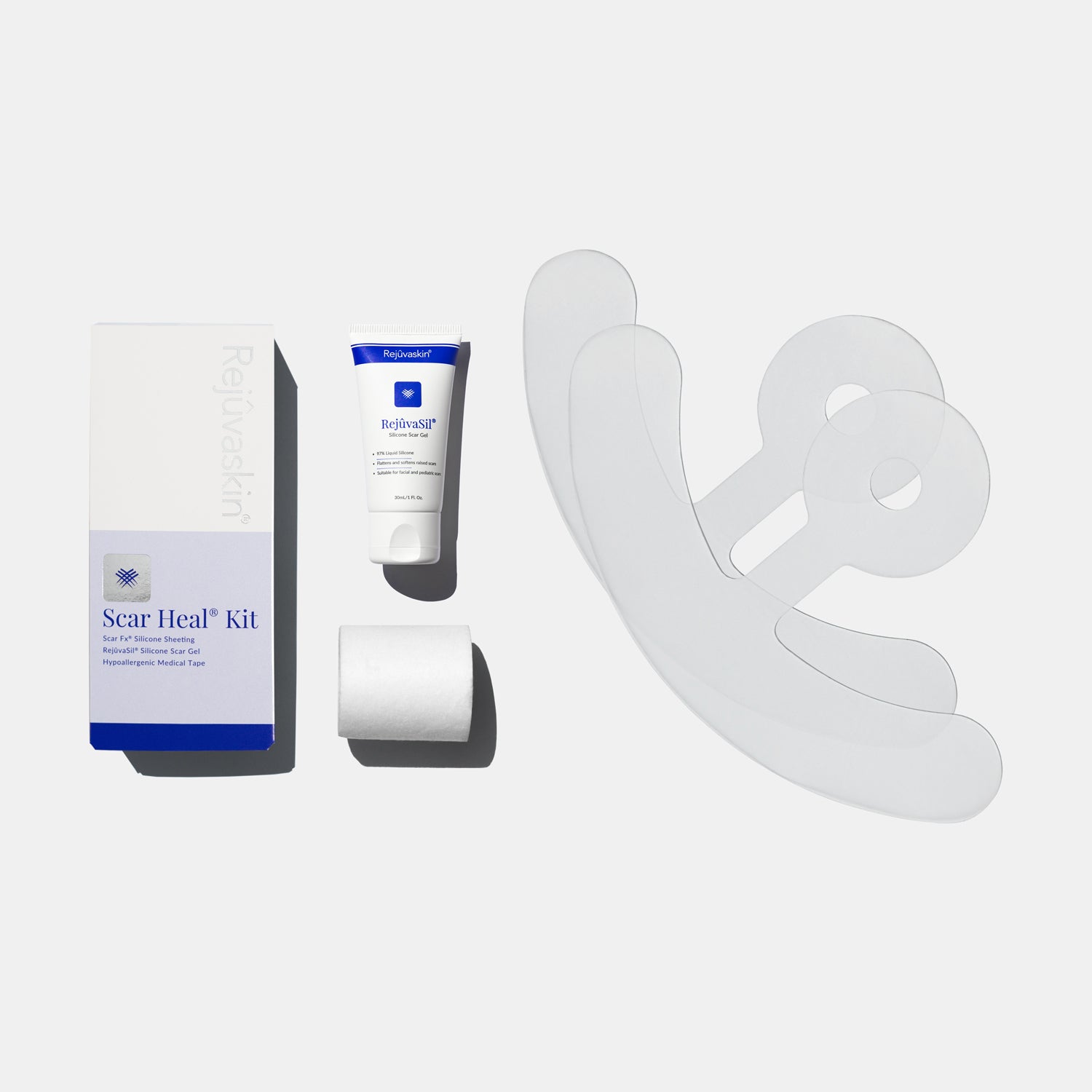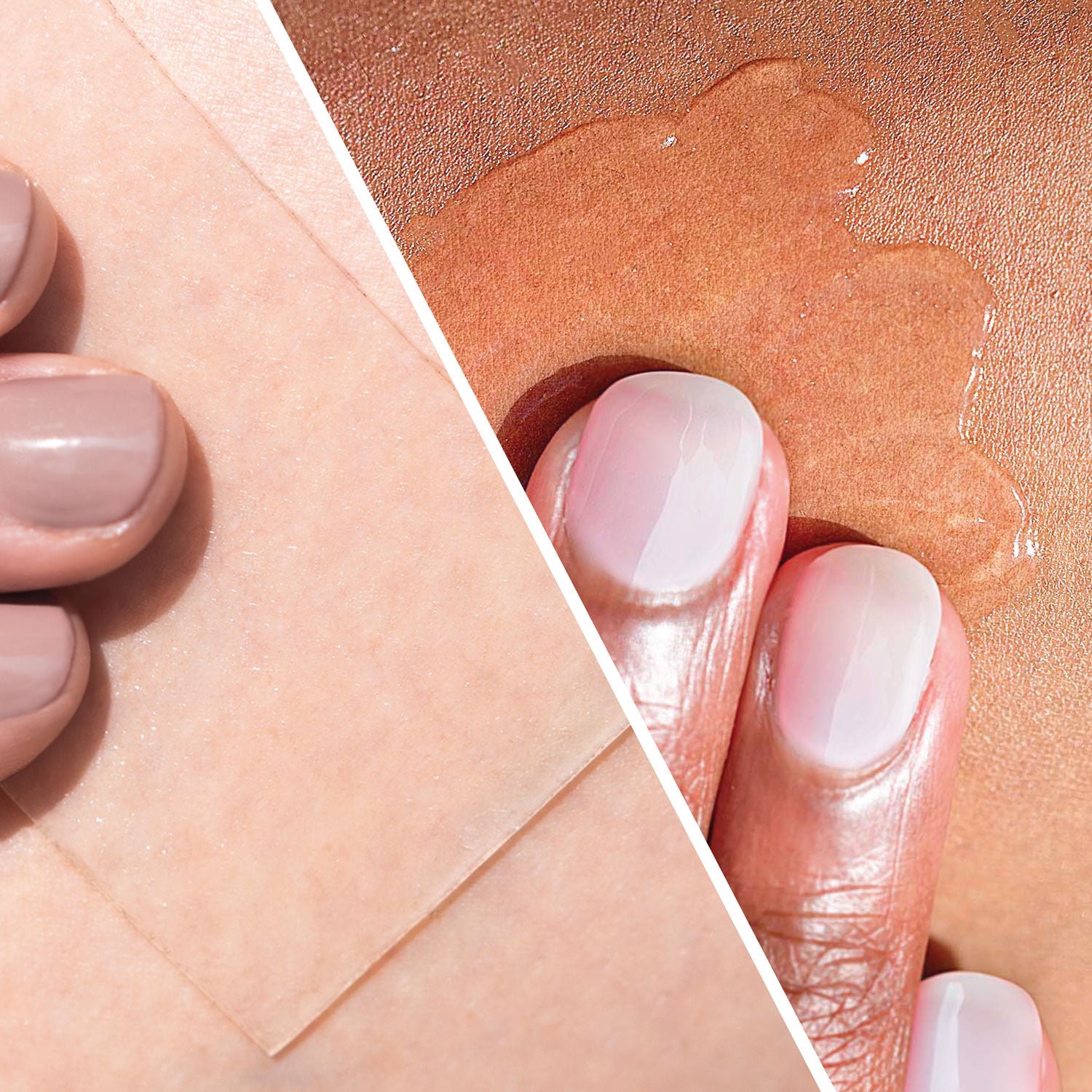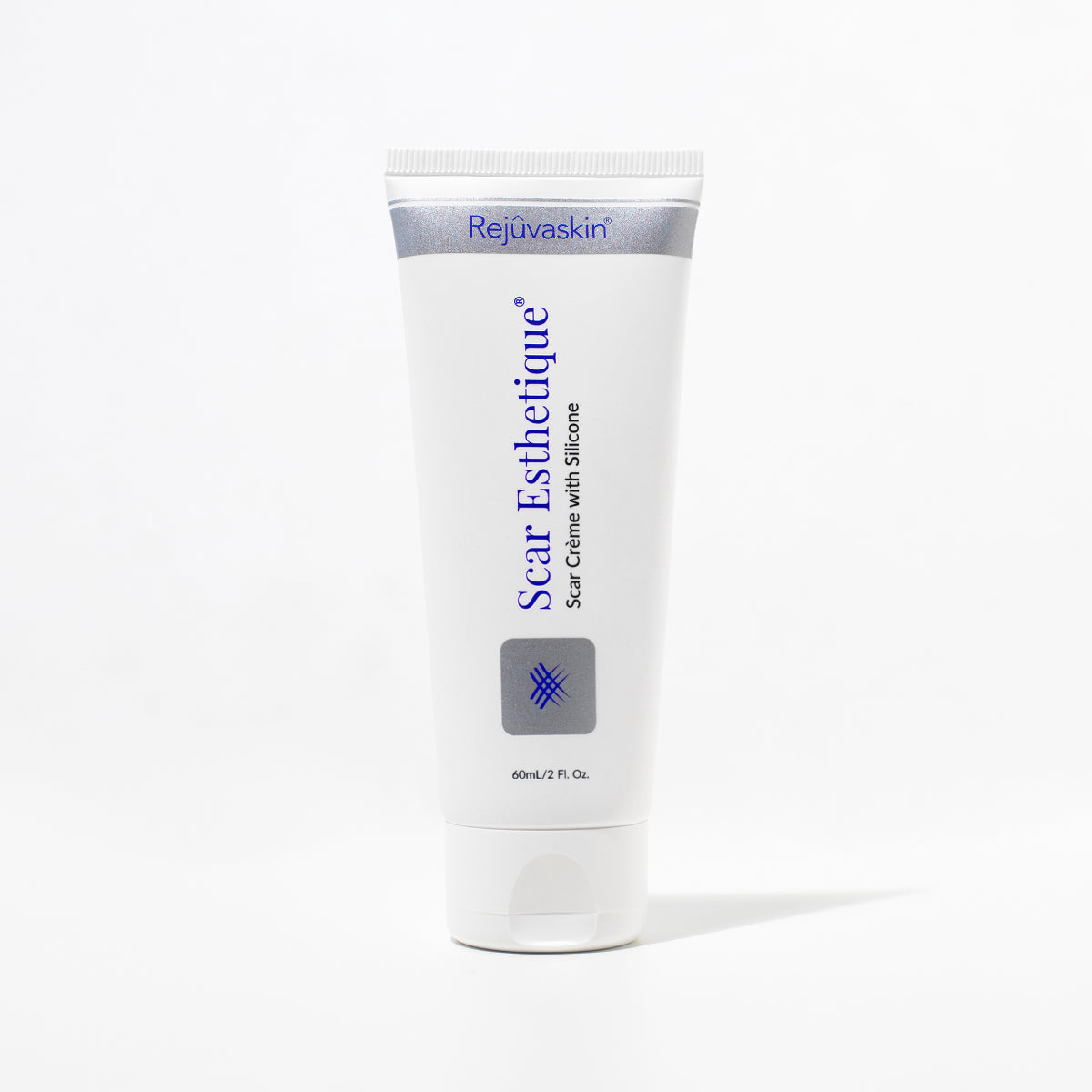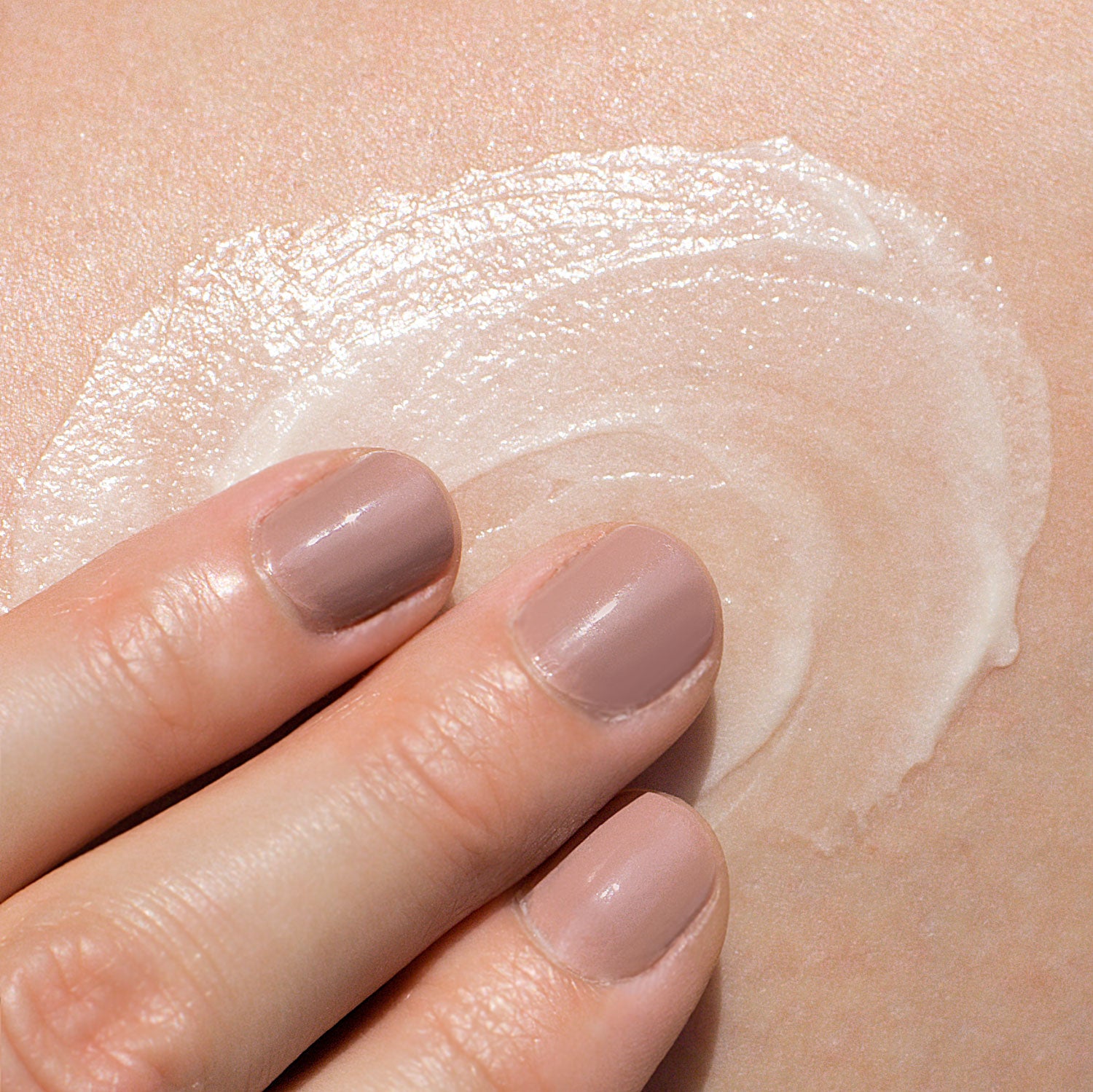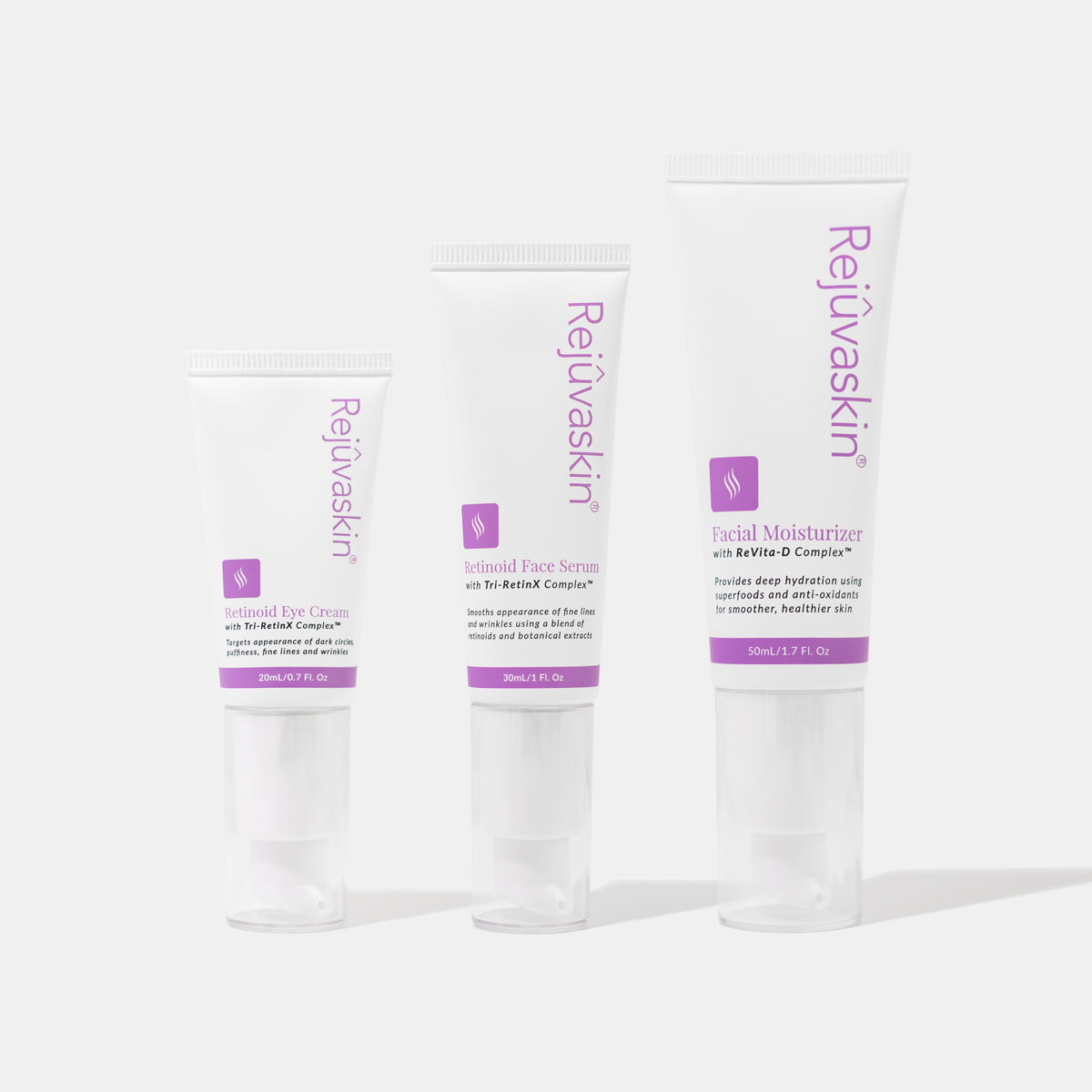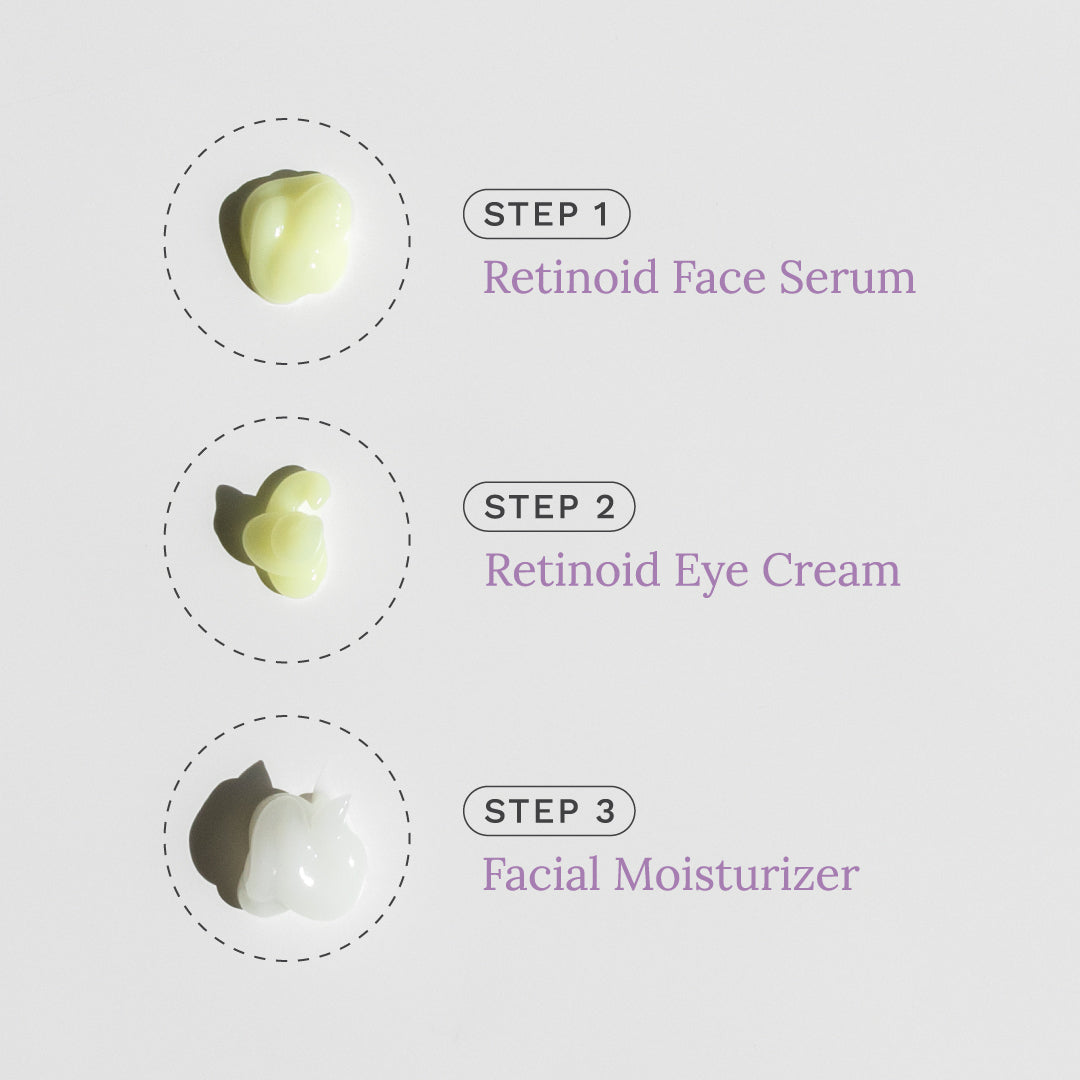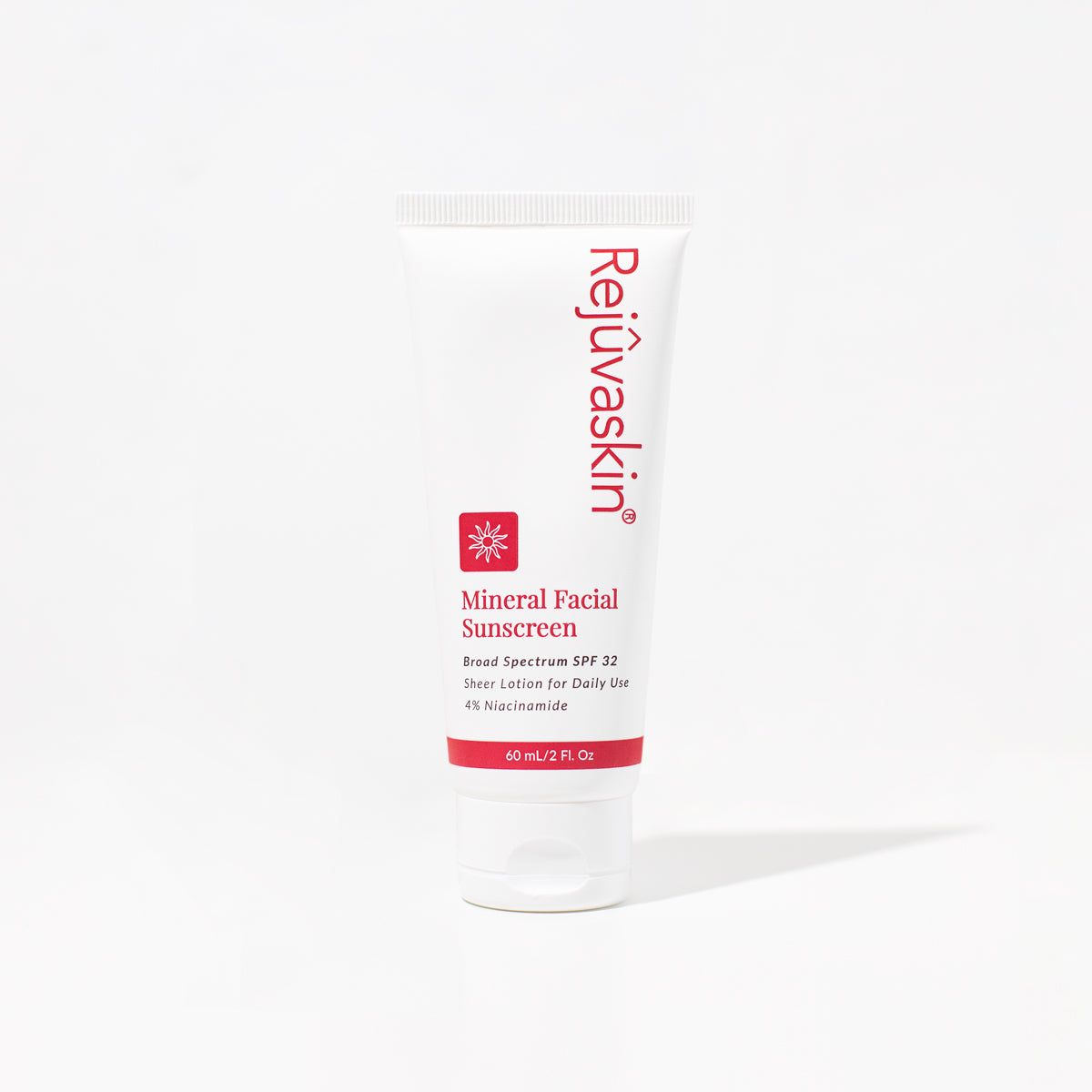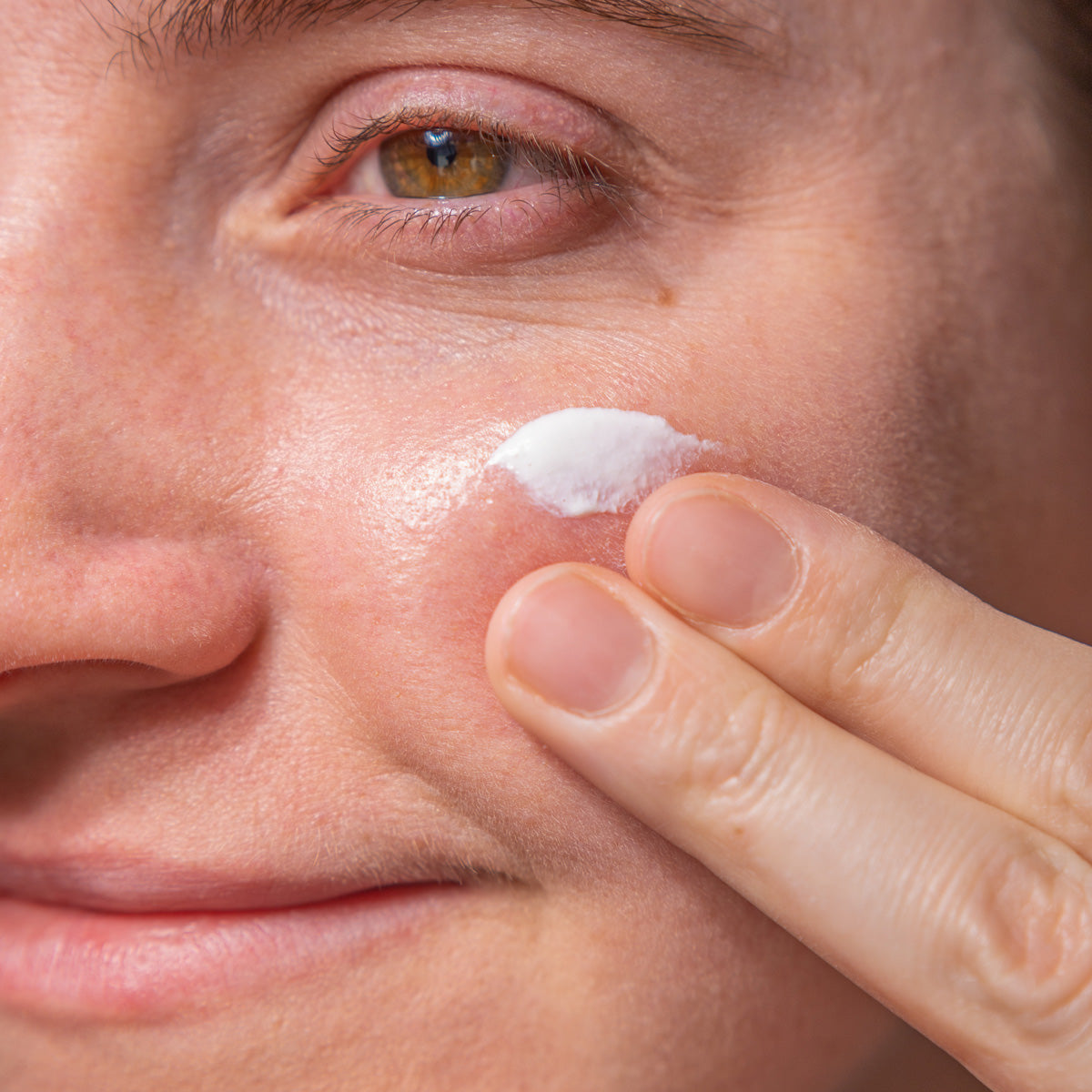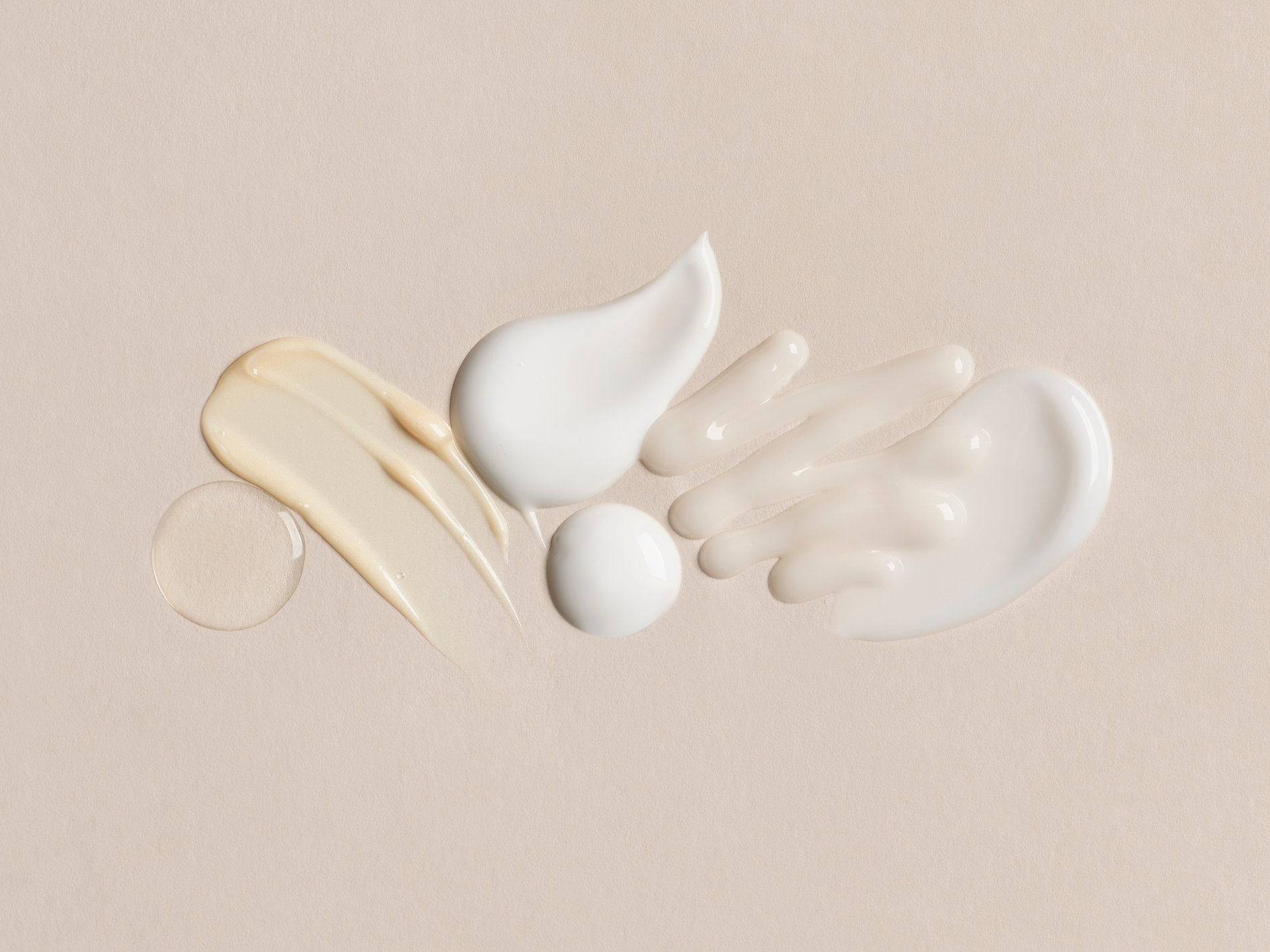If you’ve been on the skincare corner YouTube or TikTok in the last couple of months, you might have heard about skin cycling. It’s gaining popularity in the beauty and skincare scene, as many are realizing that you can stretch out a daily skincare routine into several days to maximize your products’ effects on your skin.
Let’s dive right in and cover the skin cycling steps, whether you can use retinoids for skin cycling, and answer, is skin cycling good for your skin?
So, What Is Skin Cycling?
Skin cycling is a type of skincare routine that uses more than a single day to complete a full regimen. Up until recently, a skincare routine would only really differ between the daytime and nighttime. Now, this multi-day, multi-step process begs the question, is skin cycling good for your skin?
Well, the answer to that is going to depend on how you do it and what products you use. In general, skin cycling is a great way to get intense results while doing minimal damage to your skin barrier. Skin cycling allows your skin to recover in between the stages that can be irritating – unlike in a daily skincare routine, where irritants are used every night.
What Are The Skin Cycling Steps?
There are many different ways to do this process, but the most popular and most basic method is as follows. Keep in mind that what works for one person may not work for you!
Night 1: Exfoliation Night
First, cleanse your skin. We recommend using our Anti-Pollution Facial Cleanser; it’s gentle on the skin with big cleaning power. Once your skin is clean, pat it dry – don’t rub! Then apply an exfoliating cream. Many dermatologists recommend a leave-on exfoliator that uses gentle acids (rather than scrubs) for skin cycling.
Notes: If your skin burns, remove your exfoliator right away – next time exfoliation night comes around, have a more gentle product at the ready. Some tingling is fine! Once the feeling subsides, apply your moisturizer for the evening.
Night 2: Retinoid Night
Again, cleanse your skin first, following the same instructions from night one. Make sure your skin is completely dry before applying your retinoid cream. One small pea-sized amount of retinoid cream is all you need for your face; go thin with this product - it’s expensive and can irritate the skin easily – even for those without sensitive skin.
Note: For individuals with sensitive skin, applying small amounts of your moisturizer in the sensitive areas (under the eyes, the sides of the nose, the left and right corners of the mouth, and the neck) will reduce irritation.
Note: If your skin still feels dry after applying the retinoid cream, layer moisturizer on top.
Nights 3 & 4: Recovery Nights
Cleanse your skin just like usual, but leave your skin damp. Next, apply a hydrating serum, then follow it all up with your moisturizer. If you feel like your skin needs an extra boost, a light, non-comedogenic facial oil with vitamin C can be a great way to finish off your night three and four routine.
Can You Use Retinoids for Skin Cycling?
Absolutely! As you saw above, night two is retinoid night! Retinoids are anti-aging and antioxidant molecules that are derived from vitamin A. Retinol also tends to boost elastin and collagen production in the skin. Some people may find that retinoid creams are too harsh on their skin - using less of this product or moisturizing before using this product can help minimize the irritation that retinoid creams can cause.
We hope this helps you answer your questions about skin cycling. This process was developed by Dr. Whitney Bowe, a dermatologist, and hundreds of thousands of people across the country have loved this technique. Maybe you will too!
